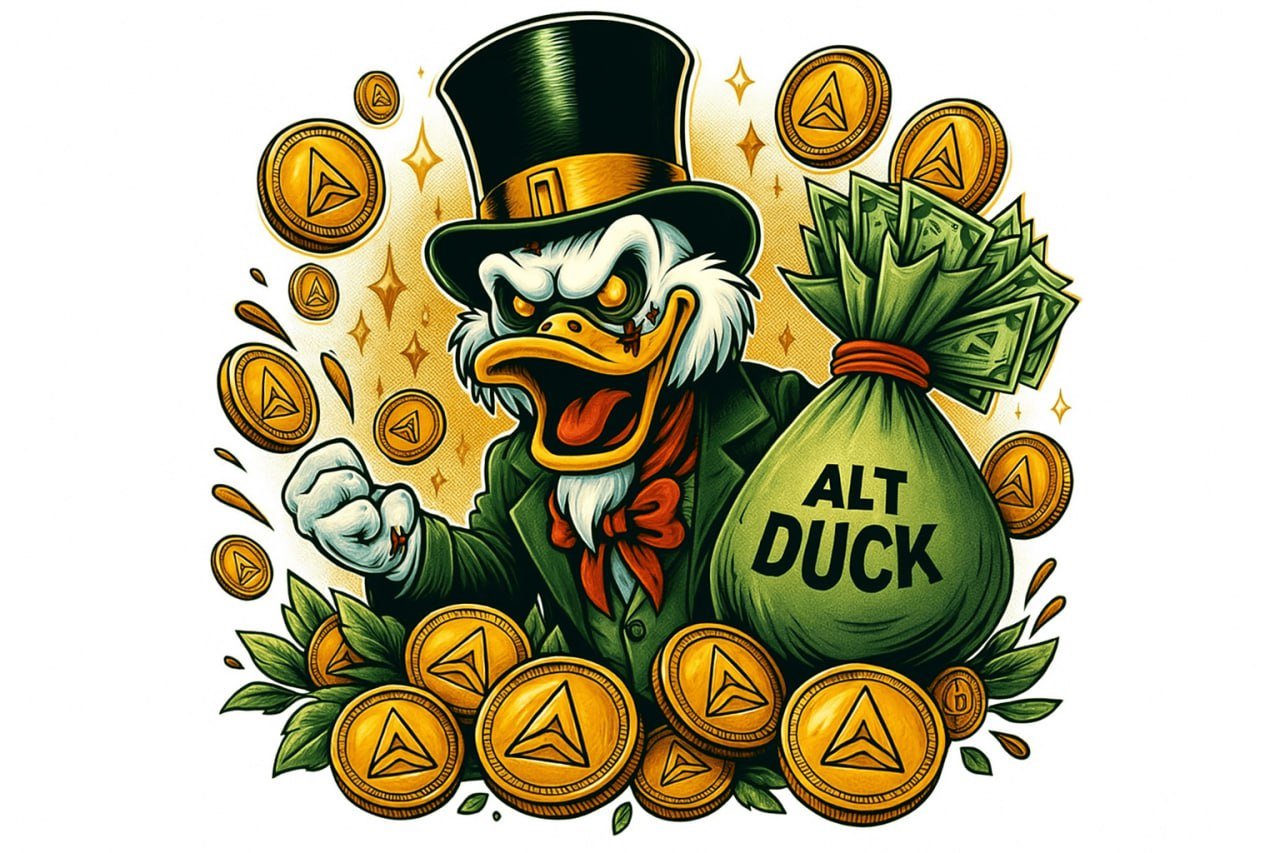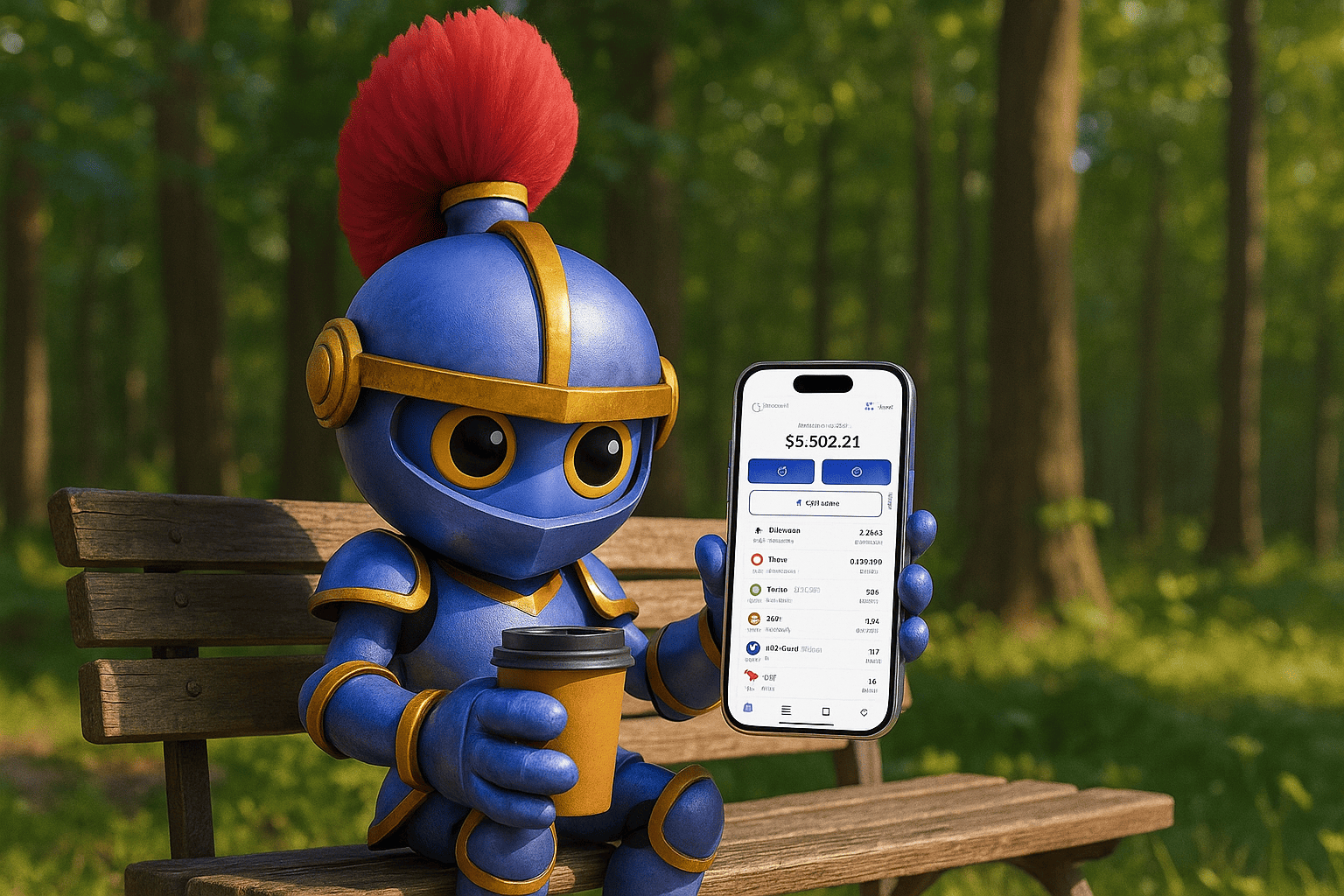Popular cryptos
UMA
Download app Ironwallet and get tool for making transaction without network fee
About UMA
In the dynamic realm of blockchain technology, Universal Market Access (UMA) stands out as a groundbreaking protocol engineered on the Ethereum blockchain. UMA empowers users to design, issue, and manage derivatives anchored to a diverse array of underlying assets. Through the innovative use of smart contracts, participants can craft meta-tokens derived from these assets, enabling them to speculate on asset values—going long or short—without the necessity of owning the actual assets.
At the core of this protocol is the UMA token, which serves a dual purpose within the ecosystem. Primarily, it acts as a governance token, providing holders with voting power on key decisions within the UMA framework. Additionally, the UMA token is instrumental in processing price inquiries on the network, ensuring that the protocol remains responsive and accurate in its valuations. This multifunctional approach positions UMA as a versatile tool in the ever-evolving landscape of digital finance.
Origins and History of UMA
Launched in 2018, Universal Market Access (UMA) emerged as a visionary project under the stewardship of co-founders Hart Lambur and Allison Lu, marking a significant stride in the decentralization of financial markets. Hart Lambur, a seasoned computer scientist with an impressive track record, holds the dual roles of CEO and founder at Risk Labs, the primary entity behind UMA’s development.
Allison Lu brings a rich background in finance, having served as Vice President at Goldman Sachs and boasting an academic pedigree in Economics and Management from MIT. Prior to her venture into UMA, Lu applied her expertise as an advisor for One Daijo, a lending platform rooted in the Ethereum blockchain.
UMA is designed with a lofty ambition: to democratize access to decentralized financial markets worldwide. It enables users across the globe to effortlessly create and trade synthetic assets, leveraging blockchain technology to broaden financial inclusion and innovation.
How UMA Works
In the intricate landscape of blockchain-based derivatives, Universal Market Access (UMA) distinguishes itself through a sophisticated mechanism comprising two pivotal components: the Optimistic Oracle (OO) and the Data Verification Mechanism (DVM). These elements work in tandem to offer a streamlined and secure data verification process for financial contracts.
1. Optimistic Oracle (OO): The Optimistic Oracle acts as a dynamic data mediator allowing contracts to promptly request and acquire data such as asset prices without committing this information directly to the blockchain. This process begins when a requestor specifies a need for data (e.g., asset price at a specific time) along with essential details like price identifier and timestamp. Proposers, who respond to these requests, utilize off-chain price feeds to suggest a price, staking a bond as a commitment to their proposal’s accuracy. If the price they suggest goes undisputed during a designated period, it is accepted. However, if challenged, the dispute is escalated to UMA’s DVM, where it undergoes a voting process to resolve the conflict.
2. Data Verification Mechanism (DVM): Serving as the core of UMA’s dispute resolution framework, the DVM intervenes when disagreements arise, either from the OO or direct contract interactions like liquidations. In such events, UMA token holders participate in a vote to determine the accurate price of the asset at the disputed time. The outcome of this vote, which typically spans 48 to 96 hours, decides the fate of the staked bonds—if the proposers or liquidators are found in error, they lose their bond to the disputers who challenged the inaccuracy.
UMA’s design incorporates economic safeguards ensuring the cost of corrupting the system (DVM) exceeds any potential gains from such corruption. This economic deterrent is critical, ensuring that even in market conditions prone to manipulation, the integrity and trustworthiness of contracts operating on the UMA platform are maintained. Through these mechanisms, UMA not only secures its operations but also fosters a trustworthy environment for the creation and exchange of synthetic assets.
The UMA Token
The UMA token is an integral component of the Universal Market Access (UMA) protocol, crafted on the robust Ethereum blockchain as an ERC-20 token. This token plays multifaceted roles within the UMA ecosystem, not only facilitating access to pivotal services like the platform’s oracle and dispute resolution but also enabling the creation of innovative synthetic assets. Additionally, it acts as a reward mechanism, incentivizing liquidity providers and oracle participants who contribute to the network’s vitality.
Governance and Decision-Making Empowerment
Token holders wield considerable influence within the UMA ecosystem, with the ability to vote on UMA Improvement Proposals (UMIPs), set data request pricing, and adjudicate disputes via the Data Verification Mechanism (DVM). The token’s value is closely linked to the platform’s performance; as UMA expands and evolves, the potential for token value appreciation grows. Moreover, UMA tokens serve as collateral in synthetic asset creation and are used to settle transaction fees, cementing their utility and necessity across the platform.
Tokenomics
The economic structure underpinning the UMA token, referred to as ‘tokenomics,’ governs its supply, distribution, and utilization. Launched in April 2020 via a decentralized exchange offering at an initial price of $0.26, the token’s journey began with about 100 million UMA minted by the Risk Labs Foundation. Distribution was strategically allocated: 48.5% to founders, investors, and early contributors; 35% to developers and network users; with the remainder earmarked for future sales. As of early 2023, the circulating supply of UMA stands at approximately 68.9 million out of a potential 101.2 million, highlighting the token’s widespread adoption and integral role in the UMA ecosystem’s ongoing development and success.
UMA’s Alliance with Industry Leaders
In the fast-evolving landscape of decentralized finance, UMA (Universal Market Access) has forged powerful alliances with several high-profile entities across the blockchain and financial sectors. Among these strategic partners are notable names like Badger DAO, Blockchain Capital, Coinbase Ventures, Dragonfly Capital, Fintech Collective, Bain Capital Ventures, Placeholder VC, Two Sigma Ventures, Box Group, and YAM Finance. These collaborations bolster UMA’s trajectory through substantial investments, shared expertise, and invaluable strategic advisement.
For instance, Badger DAO has adopted UMA’s innovative range token functionality. This integration allows users to mitigate risks and broaden their exposure to cryptocurrencies such as Bitcoin. Similarly, Coinbase Ventures has played a pivotal role in facilitating UMA’s expansion by not only investing during crucial funding rounds but also by connecting the project with a vast network of seasoned advisors and potential investors.
These partnerships underscore UMA’s dedication to nurturing a robust ecosystem for decentralized finance innovations, underscoring the project’s broad commitment to driving growth and fostering advancements within the blockchain domain. Through such strategic collaborations, UMA is set to further its mission, enhancing its offerings and solidifying its position at the forefront of the DeFi industry.
Challenges and Competition for UMA
While UMA is a leading protocol for synthetic assets, it faces challenges and competitors in the evolving DeFi landscape:
- High Ethereum gas fees can make UMA inefficient for smaller transactions. Layer 2 scaling solutions will be important for reducing costs.
- Synthetix is the largest synthetic asset protocol and offers a diverse range of synths. UMA’s focus is on creating any customizable synthetic.
- Price oracle manipulation is a risk since UMA relies on oracles to resolve contract prices. Securing decentralized oracles will be an ongoing priority.
- Adoption of the protocol will require attracting developers and users to create novel synthetic assets. This can take time to build network effects.
Nonetheless, UMA occupies a valuable niche in the ecosystem that is largely complementary to other DeFi protocols. UMA’s specialized focus on flexible and efficient derivatives is a differentiator in the expanding world of DeFi primitives.
The Future of UMA Protocol
UMA brings efficiency, transparency, and possibilities to the enormous global derivatives market. As an early stage protocol, UMA’s greatest challenges are driving adoption and proving out secure use cases to attract developers.
If UMA can build momentum around its vision and technology, it has potential to become a key primitive for the emerging decentralized financial system. The protocol enables financial agreements with minimal trust that can expand access and efficiency in derivative markets over the long-term.
Much depends on execution by the UMA team and community. But the protocol shows promise to play an integral role in the future of decentralized finance. UMA has intriguing potential, and it will be fascinating to watch its efforts to scale and innovate in the years ahead.





















